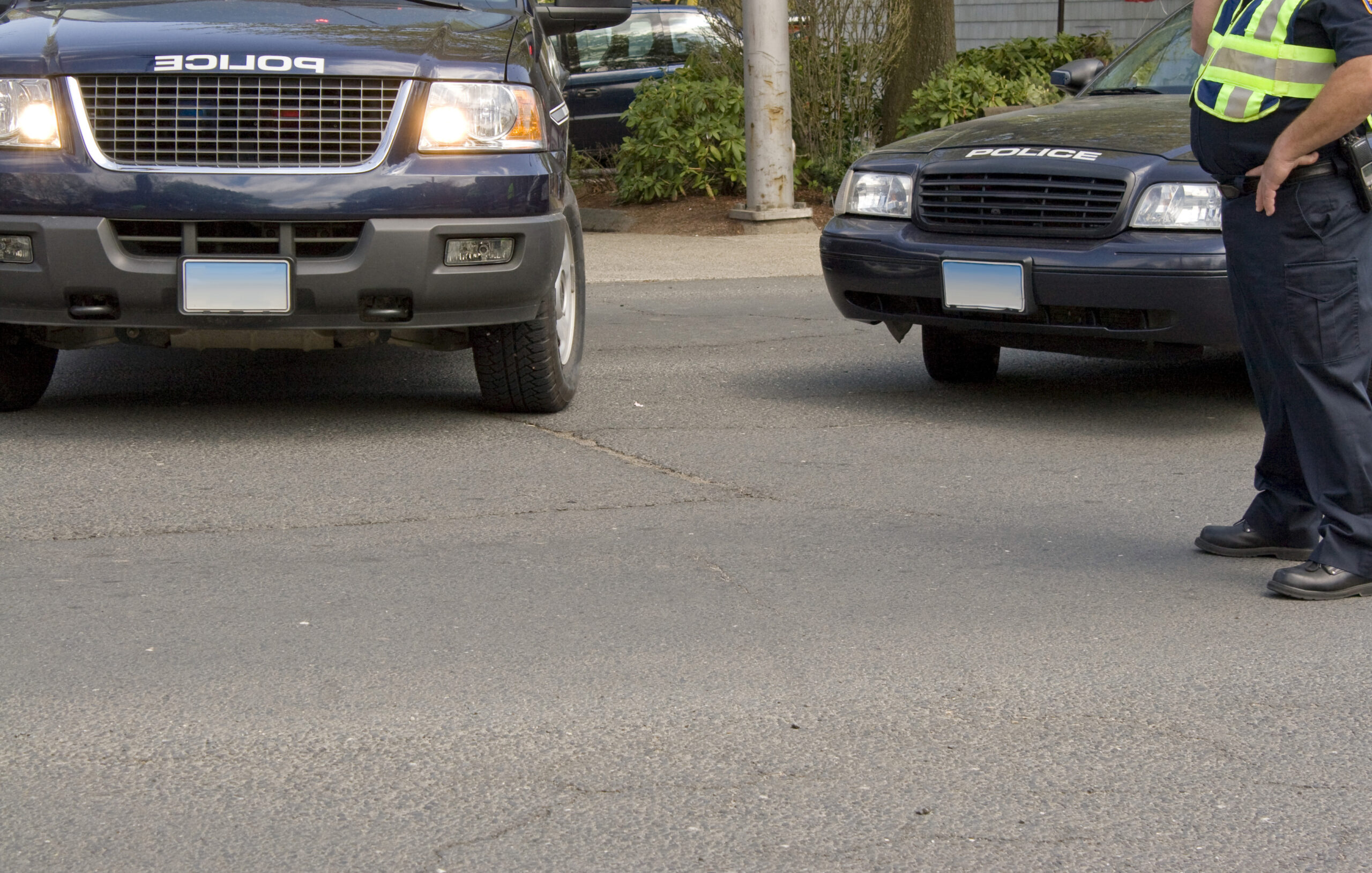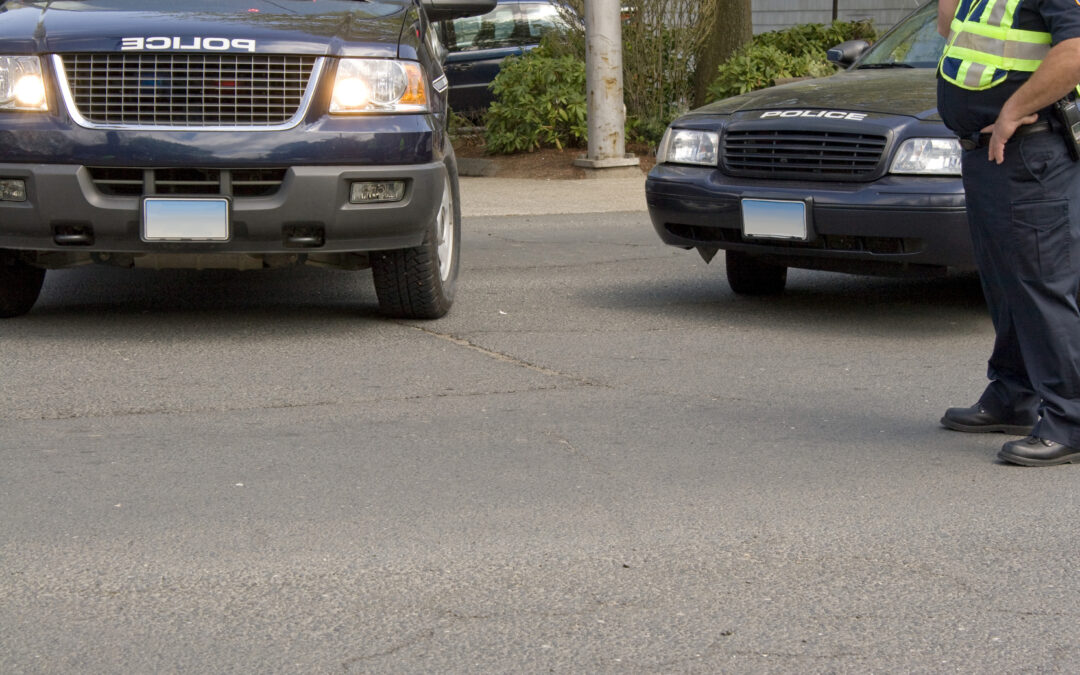The Cleanup of Crime Scenes – A Scientific Approach
Crime scenes can be overwhelmingly chaotic and emotionally charged environments that require specialized attention beyond what meets the eye. To effectively remediate trauma scenes requires expertise in handling biohazards while ensuring no cross contamination occurs during cleanup efforts. This necessitates extensive training along with access to advanced equipment for optimal results.
To effectively remove biological matter such as blood, bodily fluids and tissue from crime scenes or other traumatic events trained technicians utilize various methods including chemicals, heat treatments and vacuums. They also adhere to federal regulations when disposing of contaminated materials. These measures ensure that all traces are eliminated thoroughly for a safe environment.
The Psychology of Trauma Cleaning
Crime scene cleaners face a unique challenge when it comes to managing their mental health. The nature of the work requires them to remain detached from traumatic events while still being able to perform tasks effectively. This can be especially challenging for those who may encounter disturbing images or smells that could trigger post-traumatic stress disorder (PTSD) if not managed properly. Its crucial for technicians in this field to prioritize self care and seek support as needed.

Biohazard Remediation Safety Protocols
The importance of adhering to proper safety protocols cannot be overstated when dealing with hazardous materials. Crime scene cleaners recognize this by donning personal protective equipment (PPE) such as gloves, masks, suits and boots that help prevent exposure to pathogens. Additionally they follow strict guidelines for disposal and decontamination procedures regarding any equipment or vehicles used during the cleanup process.
Myths About Crime Scene Cleaners
The world of crime scene cleaning is often misunderstood. Many people assume that all they do is deal with blood and gore – but this couldn’t be further from the truth! In reality these professionals tackle a wide range of scenarios including suicides, unattended deaths and meth labs among others. Another misconception about their work is that anyone can do it; while some may have enough physical strength to handle such tasks effectively doing so requires specialized knowledge and skills for safe removal without contaminating other areas or spreading disease.
The Evolution of Crime Scene Cleanup Technology
The field of crime scene cleanup is constantly evolving alongside technological advancements. New tools and techniques are being developed to enhance efficiency and effectiveness in this area. For instance portable DNA analyzers enable faster identification and isolation of biological material which reduces the risk of cross contamination significantly. These innovations play a crucial role in ensuring that forensic investigators have access to accurate information when conducting their work.
Crime Scene Cleaners – True Stories
Crime scene cleaners are often exposed to harrowing sights that most people cannot fathom. One technician recounts arriving at a location where an individual had taken their own life by shooting themselves in the head. As he removed the body from its position, he found something unexpected stuck onto it – namely; a note affixed behind the victims shirt collar reading “I hope you enjoy your job.” This experience taught him how crucial it is for all professionals working within this field to approach each case with empathy and respect- knowing full well that someone’s entire existence has been irrevocably altered due to what transpired therein.

